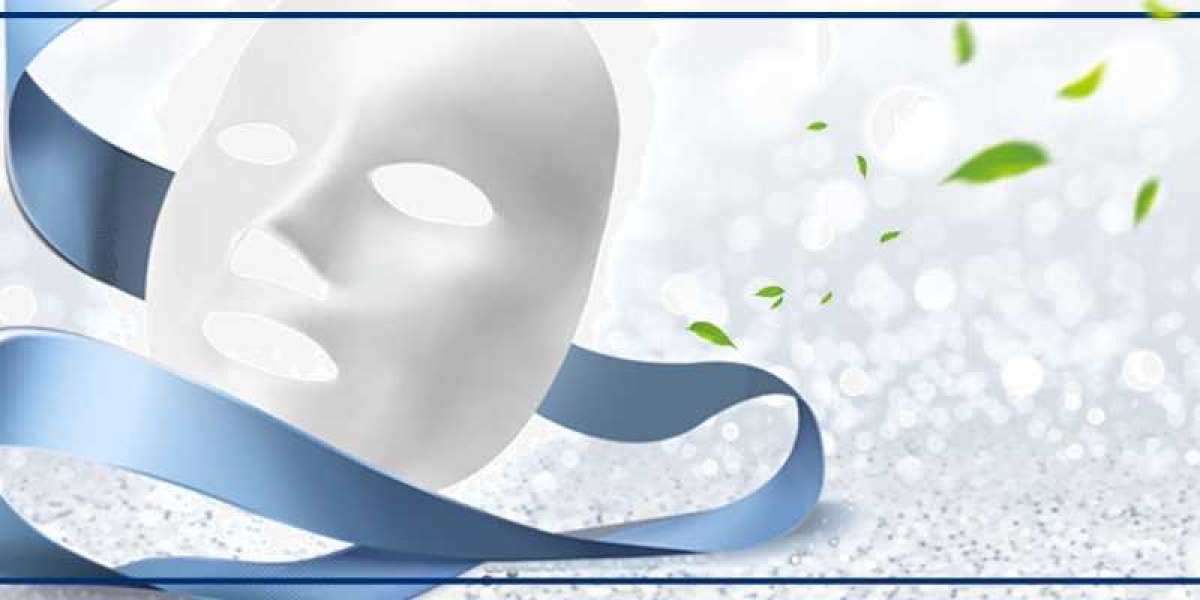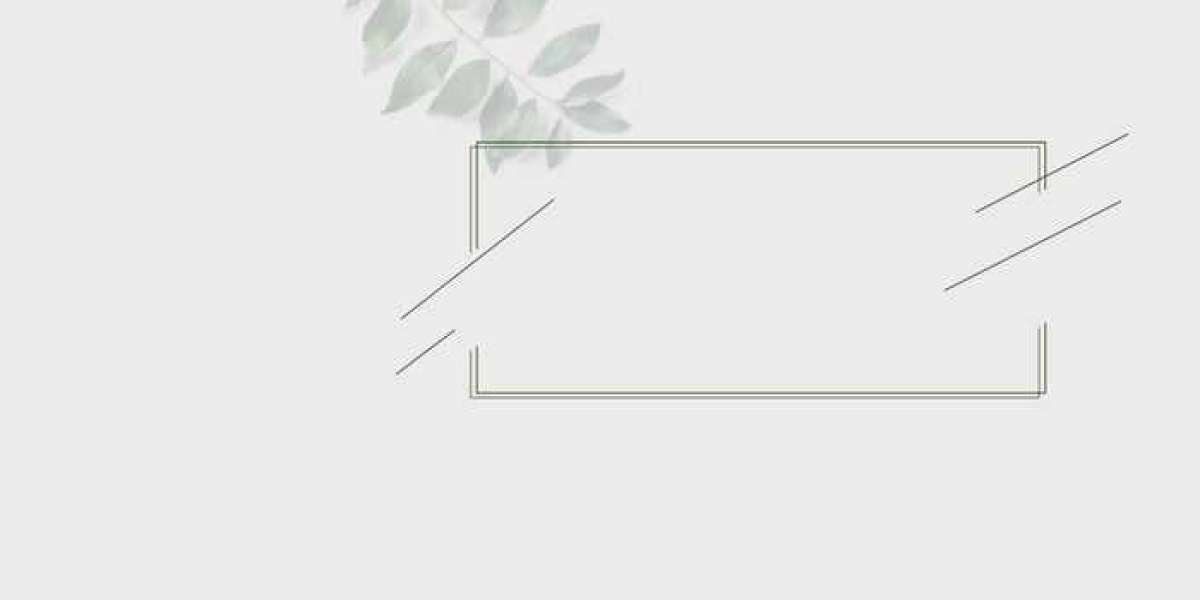
varicose veins are a common health condition that affects millions of people worldwide. They are characterized by swollen, twisted, and bulging veins that often appear on the legs and feet. Varicose veins can cause discomfort, pain, and even complications if left untreated. This article aims to provide you with all the information you need to know about varicose veins , including their causes, symptoms, prevention, and treatment options.
Causes of Varicose Veins
There are several factors that contribute to the development of varicose veins. These include:
1. Genetics: People with a family history of varicose veins are more likely to develop the condition.
2. Age: As people age, the walls of their veins become weaker, and blood flow slows down, increasing the risk of varicose veins.
3. Obesity: Excess weight puts pressure on the veins, making them more susceptible to varicose veins.
4. Pregnancy: Hormonal changes and increased blood volume during pregnancy can lead to varicose veins.
5. Long periods of standing or sitting: Prolonged standing or sitting can cause blood to pool in the veins, leading to varicose veins .
6. Injuries: Trauma to the veins, such as from a car accident or sports injury, can increase the risk of varicose veins.
7. Medical conditions: Certain medical conditions, such as diabetes and high blood pressure, can weaken the veins and contribute to varicose veins.
Symptoms of Varicose Veins
The most common symptom of varicose veins is visible bulging and swelling of the veins in the legs or feet. Other symptoms may include:
1. Aching or throbbing pain in the affected area
2. Itching or burning sensations
3. Restlessness or discomfort in the legs
4. Swelling in the lower legs
5. Fatigue or tiredness in the legs
6. Darkened skin around the veins
Treatment Options for Varicose Veins
There are several treatment options available for varicose veins, including:
1. Compression stockings: Wearing compression stockings can help improve blood flow and reduce the appearance of varicose veins.
2. Sclerotherapy: This involves injecting a solution into the veins to cause them to collapse and eventually fade away.
3. Endovenous laser therapy: This procedure uses heat from a laser to close off the affected veins.
4. Radiofrequency ablation: This involves using heat generated by radiofrequency waves to close off the veins.
5. Vein Stripping: This surgical procedure involves removing the affected vein.
6. Phlebectomy: This involves making small incisions in the skin to remove the affected veins.
Preventing Varicose Veins
There are several steps you can take to reduce your risk of developing varicose veins, including:
1. Regular exercise: Engaging in regular physical activity can help improve blood circulation and reduce the risk of varicose veins.
2. Maintaining a healthy weight: Excess weight places pressure on the veins, increasing the risk of varicose veins.
3. Wearing compression stockings: Wearing compression stockings can help improve blood flow and reduce the risk of varicose veins.
4. Avoiding prolonged standing or sitting: Taking regular breaks to move around can help improve blood circulation and reduce the risk of varicose veins.
5. Elevating your legs: Elevating your legs while sitting or lying down can help improve blood flow and reduce the risk of varicose veins.
Conclusion
Varicose veins are a common health condition that can cause discomfort, pain, and even complications if left untreated. Understanding the causes, symptoms, prevention, and treatment options for varicose veins can help you take the necessary steps to manage the condition and improve your overall health. If you are experiencing symptoms of varicose veins, it is essential to consult with a healthcare professional to discuss your treatment options.








